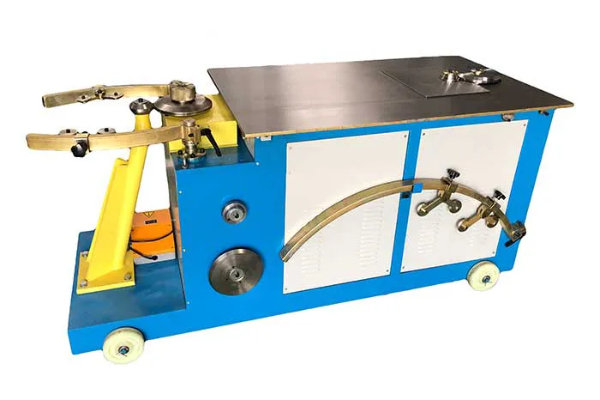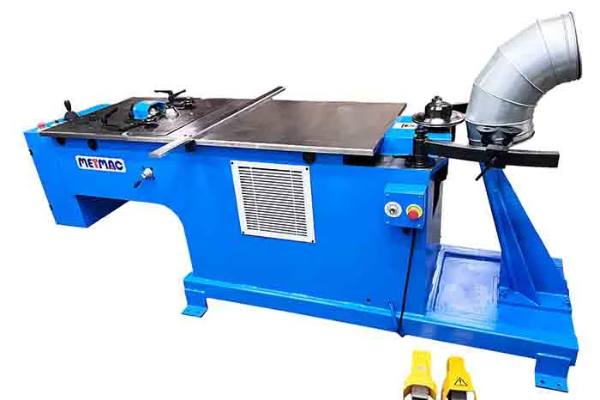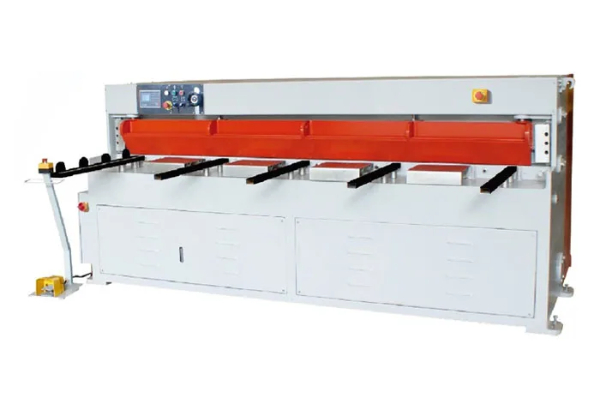
Maximizing Efficiency and Profitability with Metal Sheet Press Brakes
- By:Metmac
- 2024-06-18
- 90
In the realm of metal fabrication, press brakes play a pivotal role in bending and shaping sheet metal into intricate and precise components. By maximizing the efficiency and profitability of these machines, manufacturers can gain a competitive edge and drive business success. This article explores various aspects of optimizing press brake operations to enhance productivity and maximize profitability.
Optimizing Material Handling
Minimizing material handling time is crucial for maximizing press brake efficiency. Implementing automated systems such as coil feeders or sheet stackers can significantly reduce manual labor and streamline the loading and unloading process. Additionally, optimizing the layout of the work area, providing ample material storage, and utilizing innovative material handling equipment can further enhance productivity.
Selecting the Right Press Brake
The choice of press brake is critical for matching the specific requirements of the application. Factors to consider include tonnage capacity, bed length, bending speed, and available features. By carefully selecting a press brake that meets the production demands, manufacturers can optimize cycle times and achieve higher throughput.
Tooling Selection and Maintenance
Using the appropriate tooling is essential for producing high-quality bends. The correct choice of dies and punches depends on the material type, thickness, and desired bend radius. Regular maintenance and inspection of tooling can prevent premature wear and costly downtime.
Operator Training
Skilled operators are vital for maximizing press brake efficiency. Comprehensive training programs should focus on safety, proper machine operation, and bend optimization techniques. Well-trained operators can reduce errors, increase output, and ensure that the equipment operates at peak performance.
Process Automation
Incorporating automation into press brake operations can significantly enhance productivity. CNC controls enable automatic programming, reducing setup time and minimizing errors. Robotic material handling systems can further automate the bending process, increasing throughput and reducing labor costs.
Preventive Maintenance and Monitoring
Regular preventive maintenance and monitoring are essential for ensuring maximum uptime and minimizing disruptions. Scheduled inspections, lubrication, and replacement of critical components can help prevent major breakdowns and extend the lifespan of the press brake.
Quality Control
Consistent quality is paramount in press brake operations. Establishing a robust quality control system, including in-process inspections and product testing, can prevent defects and ensure that parts meet customer specifications.
Data Analysis and Process Improvement
Collecting and analyzing operational data can provide valuable insights into press brake performance. By identifying areas for improvement and implementing continuous process improvements, manufacturers can optimize efficiency, reduce waste, and maximize profitability.
Conclusion
By implementing the strategies outlined in this article, manufacturers can unlock the full potential of their metal sheet press brakes. Through optimized material handling, appropriate machine selection, effective tooling management, skilled operator training, automation, preventive maintenance, rigorous quality control, and data-driven process improvement, businesses can maximize efficiency, boost profitability, and achieve production excellence.
-
Reliable Sheet Metal Equipment for Sale to Support Precision Fabrication
2025/07/17 -
Advanced Duct Machine AC and Fabrication Solutions from Metmac
2025/07/12 -
The Advantages of Using a Sheet Roll Forming Machine in Manufacturing
2024/09/14 -
How to Optimize Your Laser Sheet Cutting Machine for Maximum Performance
2024/09/12
-
Innovative Solutions from Leading Duct Machine Manufacturers
2025/07/21 -
Efficient Sheet Metal Fabrication with Advanced Duct Folding and Beading Machines
2025/07/21 -
High-Quality Duct Grooving and Sealing Machines for Efficient HVAC Manufacturing
2025/07/21 -
Advanced Sheet Metal Machinery for Precision Fabrication
2025/07/17
-
A Guide to the Latest Innovations in Sheet Metal Folding Machines
2024/11/29 -
Key Features to Consider When Investing in a Sheet Metal Folding Machine
2024/11/28 -
Enhancing Precision with Advanced Sheet Metal Folding Machines
2024/11/27 -
How to Choose the Right Sheet Metal Folding Machine for Your Workshop
2024/11/26





